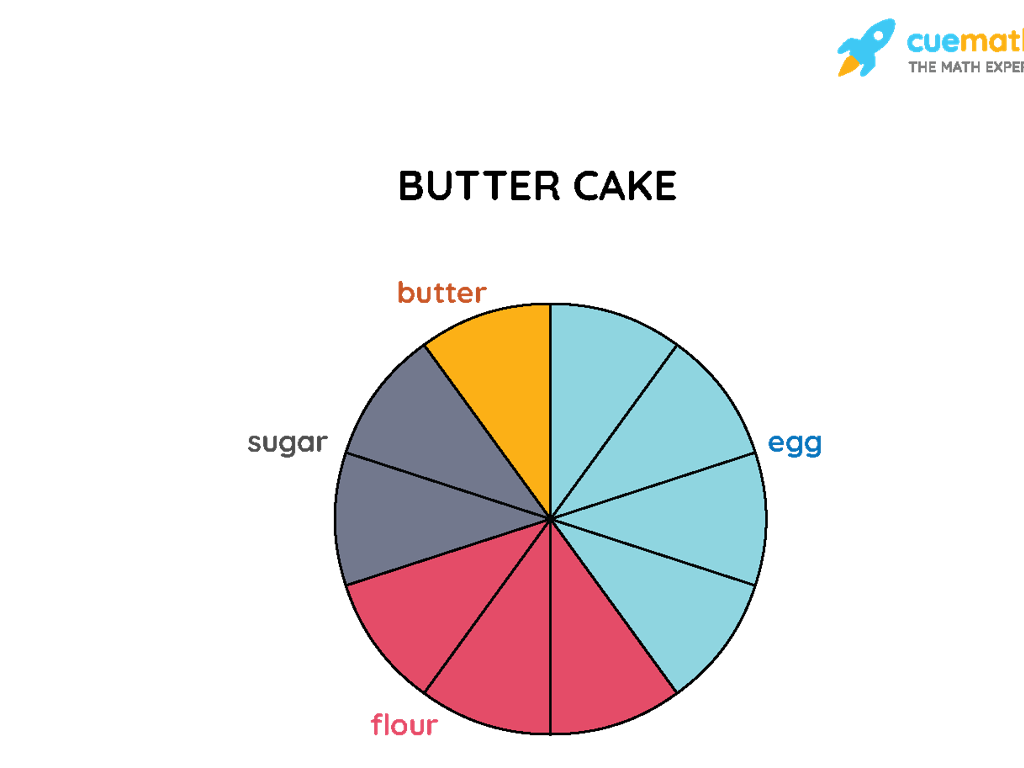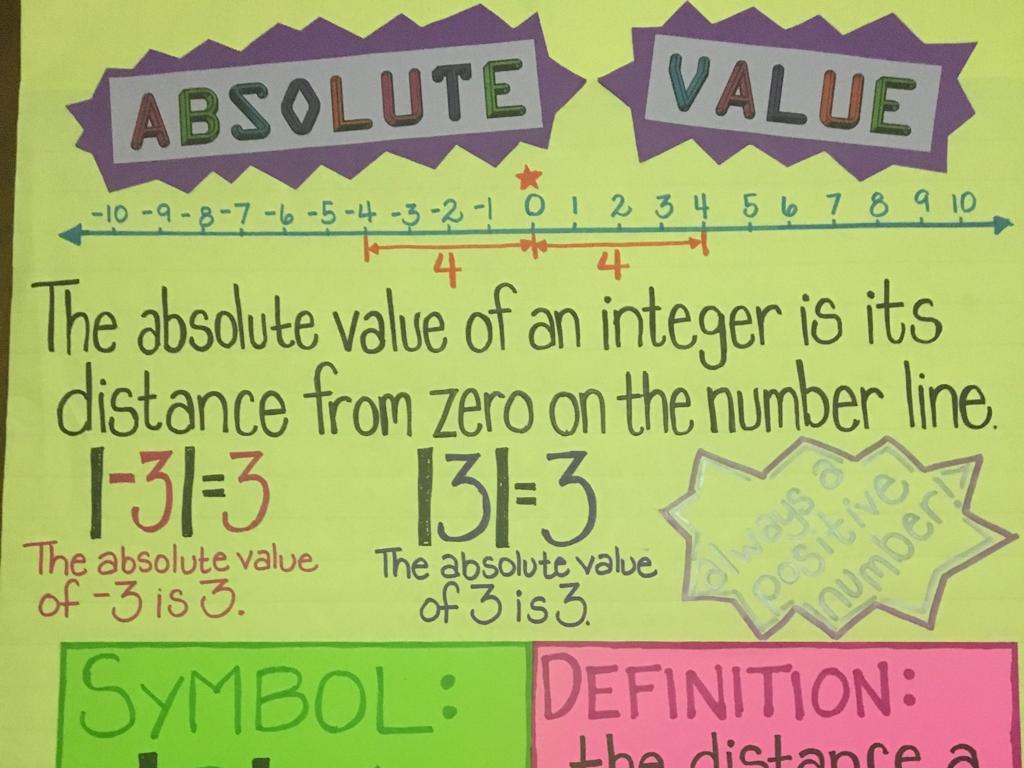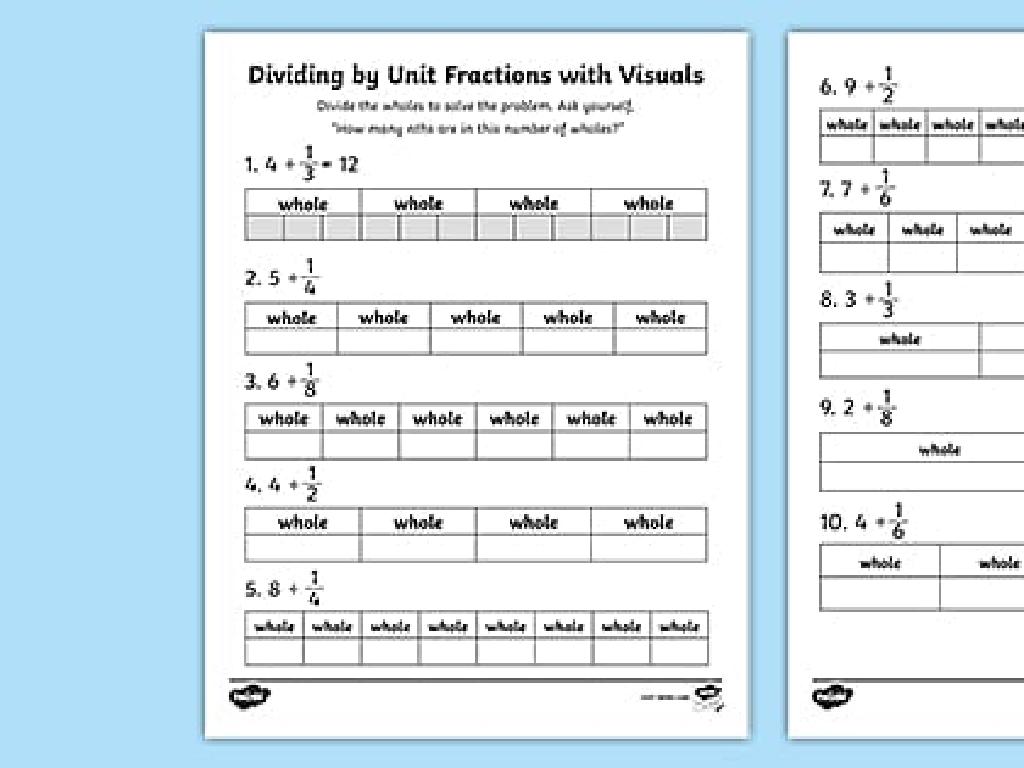Use The Correct Pair Of Correlative Conjunctions
Subject: Language arts
Grade: Eighth grade
Topic: Conjunctions
Please LOG IN to download the presentation. Access is available to registered users only.
View More Content
Exploring Correlative Conjunctions
– Define conjunctions
– Conjunctions connect words, phrases, or clauses.
– Explore types of conjunctions
– Coordinating, subordinating, and correlative.
– Today’s focus: Correlative
– Pairs of conjunctions that work together.
– Examples of correlative conjunctions
– ‘Either/or’, ‘neither/nor’, ‘not only/but also’.
|
Begin with a definition of conjunctions, highlighting their role in linking different parts of a sentence. Briefly overview the three types of conjunctions to provide context before narrowing the focus to correlative conjunctions. Explain that correlative conjunctions are always used in pairs and demonstrate how they connect related ideas within a sentence. Provide examples of correlative conjunctions and encourage students to come up with their own sentences using these conjunctions. This will help them understand the concept and how to use them effectively in their writing.
Mastering Correlative Conjunctions
– Define correlative conjunctions
– Pairs of words that join together parts of a sentence
– Common correlative conjunction pairs
– Examples: both/and, either/or, neither/nor, not only/but also
– Rule for using correlative conjunctions
– Connected sentence parts must be grammatically equal
– Ensuring sentence parallelism
– Parallel structure: ‘Not only did she sing, but she also danced.’
|
This slide introduces students to correlative conjunctions, emphasizing their function in creating connections between equal grammatical parts of a sentence. Highlight common pairs such as both/and, either/or, neither/nor, and not only/but also. Stress the importance of maintaining parallel structure when using these conjunctions, ensuring that the sentence parts they connect are grammatically the same. Provide examples and encourage students to create their own sentences using correlative conjunctions to reinforce the concept of parallelism.
Mastering Correlative Conjunctions
– Balance sentences with conjunctions
– Use pairs like ‘not only… but also’ to balance a sentence.
– Match grammatical structures
– Ensure the words following both parts of the conjunction are the same type.
– Recognize and avoid mistakes
– Common errors include mixing up conjunction pairs or using them with unequal grammatical structures.
– Practice with examples
– ‘Either you can start your homework now, or you can do it after dinner.’
|
This slide aims to teach students the correct usage of correlative conjunctions to create balanced and clear sentences. Emphasize the importance of using these conjunctions in pairs and matching the grammatical structures that follow each part of the conjunction. Highlight common mistakes, such as using ‘not only… but’ instead of ‘not only… but also’, or pairing different types of phrases, which can lead to confusing sentences. Provide clear examples and encourage students to create their own sentences using correlative conjunctions correctly. This practice will help them understand the concept and apply it in their writing.
Mastering Correlative Conjunctions
– Identify correct vs. incorrect usage
– Look for pairs like ‘either/or’ and ‘neither/nor’ in sentences
– Rewrite sentences to fix errors
– Use what you’ve learned to correct the conjunction pairs
– Create sentences with correlative conjunctions
– Use common pairs like ‘not only/but also’ to make new sentences
– Practice makes perfect
|
This slide is aimed at helping students understand the use of correlative conjunctions through examples and practice. Start by showing sentences that use correlative conjunctions correctly and incorrectly. Then, guide students to rewrite incorrect sentences. Encourage them to create their own sentences using different pairs of correlative conjunctions. Emphasize the importance of parallel structure when using these conjunctions. For the activity, consider having students work in pairs to correct sentences and create new ones, then share with the class for discussion. This interactive approach will help solidify their understanding of correlative conjunctions.
Interactive Activity: Crafting Dialogues with Correlative Conjunctions
– Pair up for a conjunction skit
– Write a skit with 3 correlative conjunction pairs
– Use conjunctions to connect ideas creatively
– Include ‘either/or’, ‘neither/nor’, ‘not only/but also’
– Examples: ‘You can have either the cookie or the cake’, ‘She is neither going to the party nor staying home’, ‘He will not only sing but also dance’
– Present your skit to the class
|
This activity is designed to help students understand the use of correlative conjunctions in a fun and interactive way. By pairing up, they can collaborate and think creatively about how to incorporate at least three different pairs of correlative conjunctions into their skits. Encourage them to think of scenarios where these conjunctions would naturally fit, such as making decisions, comparing options, or emphasizing multiple qualities or actions. Provide guidance on how the conjunctions work in pairs to connect equal grammatical items. After writing, each pair will present their skit, which will help reinforce their understanding and provide an opportunity for peer learning. Possible variations for different pairs could include creating advertisements, news reports, or even short stories that use correlative conjunctions.
Concluding Correlative Conjunctions & Homework
– Recap: Correlative conjunctions usage
– Homework: Craft a story or poem
– Use at least five different pairs, like ‘either/or’ and ‘not only/but also’
– Include 5 pairs of correlative conjunctions
– Upcoming quiz: Study conjunctions
– Review all types of conjunctions for the quiz
|
As we wrap up today’s lesson, remember that correlative conjunctions are pairs of words that work together to give balance and emphasis in a sentence. For homework, students are to write a creative piece that includes at least five different pairs of correlative conjunctions. This will help reinforce their understanding and application of the concept. Encourage creativity and proper use of the conjunctions. Additionally, prepare for a quiz on all types of conjunctions in the next class. Make sure to review coordinating, subordinating, and correlative conjunctions. Provide examples and encourage students to study in pairs or groups if possible.






